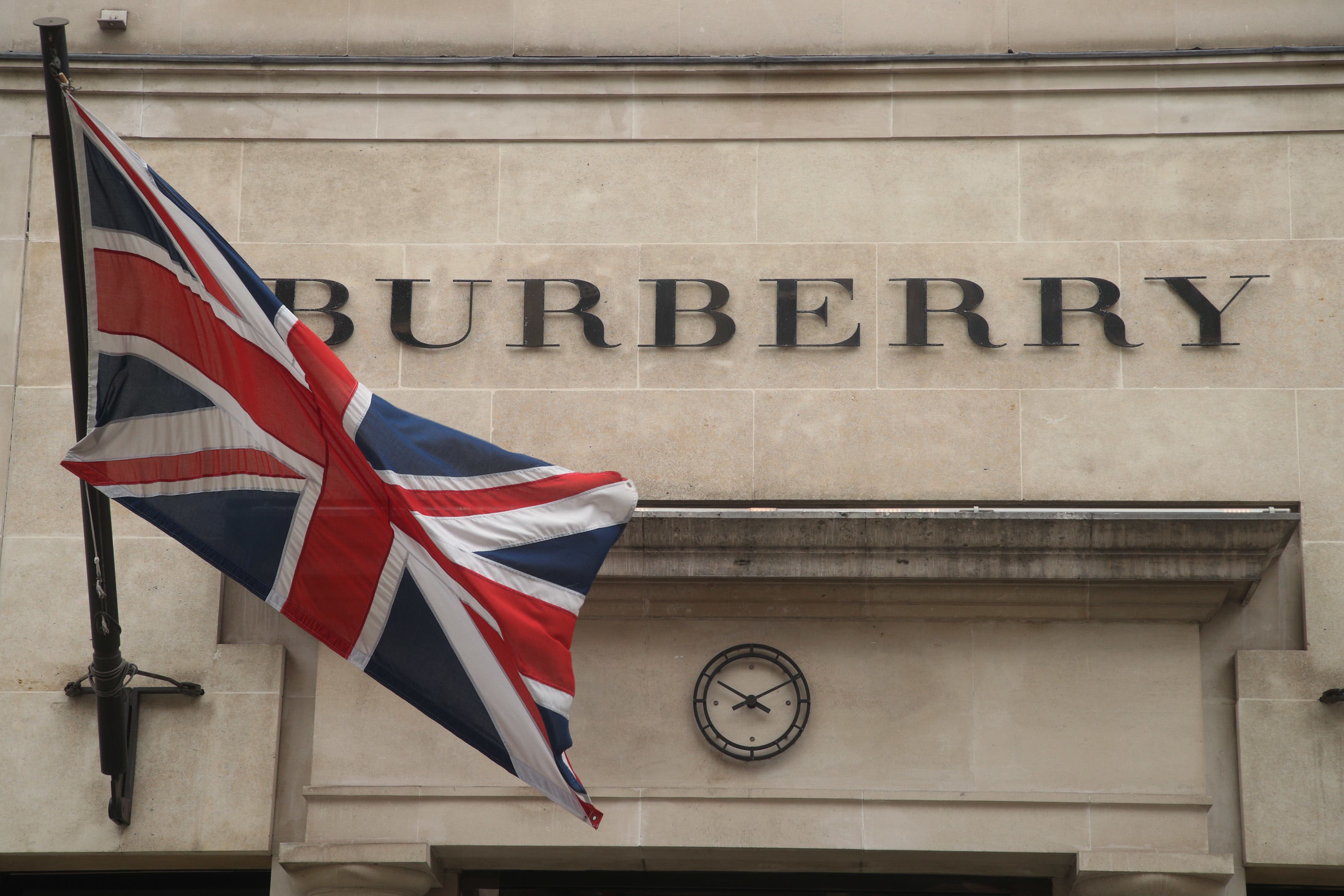Burberry to reveal sales performance after slowdown hits rivals
The company will be keen to dispel any fears about consumer demand when it provides a half-year update for shareholders on Thursday.

Your support helps us to tell the story
From reproductive rights to climate change to Big Tech, The Independent is on the ground when the story is developing. Whether it's investigating the financials of Elon Musk's pro-Trump PAC or producing our latest documentary, 'The A Word', which shines a light on the American women fighting for reproductive rights, we know how important it is to parse out the facts from the messaging.
At such a critical moment in US history, we need reporters on the ground. Your donation allows us to keep sending journalists to speak to both sides of the story.
The Independent is trusted by Americans across the entire political spectrum. And unlike many other quality news outlets, we choose not to lock Americans out of our reporting and analysis with paywalls. We believe quality journalism should be available to everyone, paid for by those who can afford it.
Your support makes all the difference.Burberry investors will be hoping the London fashion house can ease concerns of a slowdown in demand for high-end goods when the firm reveals its latest finances next week.
Analysts have highlighted over the past two years that the luxury fashion sector has seen largely resilient spending despite pressure from higher pricing and supply chain disruption.
As a result, shares in Burberry spent most of the early months of 2023 above pre-pandemic levels despite lockdown curbs impacting its stores, particularly in China.
However, now heightened concerns over the economic outlook and a slowdown in China have seen the firm’s shares steadily decline since May.
The company will be keen to dispel any fears about consumer demand when it provides a half-year update for shareholders on Thursday.
In its previous update in July, Burberry said it saw its sales spike in recent months after a post-Covid rebound in shoppers in China and strong demand for its classic trench coat.
Group revenues rose by 18% between April and June against the same quarter last year.
However, analysts at Jefferies and Deutsche Bank have both predicted this will have slowed over the second quarter as conditions toughened.
Sentiment particularly cooled after a number of rivals reported easing growth in recent weeks.
Last week, Louis Vuitton and Dior parent firm LVMH, the world’s largest luxury group, reported 9% revenue growth over the quarter to September, slowing from 17% in the previous three-month period. Nevertheless, it said its high-end drinks business was partly to blame.
On Friday, Richemont – the Swiss firm behind Cartier – reported weaker-than-expected profits and easing growth for the half-year, as it pointed towards the weaker economic backdrop.
The jewellery and watch specialist also highlighted that the recovery of demand in China has been prolonged due to poor economic growth.
Adam Cochrane, at Deutsche Bank, said these factors could be a cause for concern.
“The luxury consumer appears to finally be facing economic headwinds after a couple of years of strong outperformance,” he said.
“We are more cautious on trends in China and the US and are struggling to see earnings momentum.”
It comes amid continued investment at the company and a renewed focus on some of its heritage fashion lines.
Susannah Streeter, head of money and markets at Hargreaves Lansdown, said: “Longer term, the group’s efforts in elevating the brand should pay off in the form of higher prices and customer loyalty, but this will necessitate ongoing investment.”
Analysts will also be interested to see any positive signs about the impact of recently appointed creative director Daniel Lee.